Hard pruning and relocating a cotinus smoke bush
clovan
4 years ago
last modified: 4 years ago
Featured Answer
Sort by:Oldest
Comments (8)
Embothrium
4 years agolast modified: 4 years agoclovan
4 years agoRelated Professionals
Bainbridge Island Landscape Contractors · Fuquay-Varina Landscape Contractors · Suisun City Landscape Contractors · Albuquerque Siding & Exteriors · Gloucester Landscape Contractors · New Cassel Landscape Contractors · Winder Landscape Architects & Landscape Designers · Lewisville Landscape Contractors · Post Falls Landscape Contractors · Bedford Carpenters · Cincinnati Decks, Patios & Outdoor Enclosures · Gaithersburg Decks, Patios & Outdoor Enclosures · Northbrook Decks, Patios & Outdoor Enclosures · Randallstown Decks, Patios & Outdoor Enclosures · Lansing Siding & Exteriorsken_adrian Adrian MI cold Z5
4 years agoken_adrian Adrian MI cold Z5
4 years agoEmbothrium
4 years agolast modified: 4 years agoclovan
4 years agoclovan
4 years ago
Related Stories
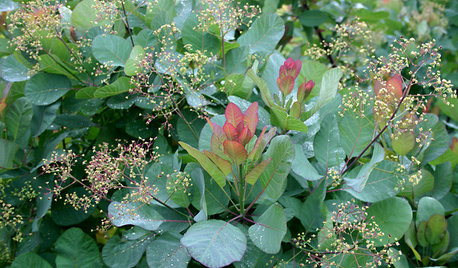
LANDSCAPE DESIGNGreat Design Plant: Old Fashioned Smoke Bush
Balance garden color with this shrub's cool blue-green foliage, luminous when backlit and sporting yellow-green flowers in spring
Full Story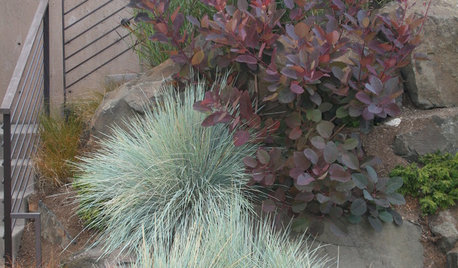
PURPLE FOLIAGEGreat Design Plant: Smoke Tree
Plant a 'Grace' smoke tree for months of red, burgundy and purple foliage and an unusual spring bloom
Full Story
GARDENING FOR BUTTERFLIESGardening for the Bees, and Why It’s a Good Thing
When you discover how hard bees work for our food supply, you may never garden without them in mind again
Full Story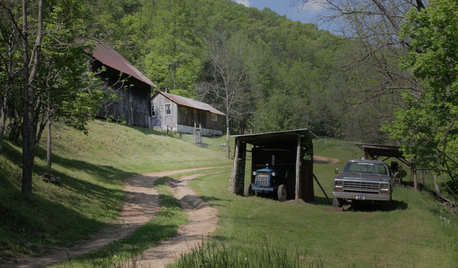
TASTEMAKERSNew Series to Give a Glimpse of Life ‘Unplugged’
See what happens when city dwellers relocate to off-the-grid homes in a new show premiering July 29. Tell us: Could you pack up urban life?
Full Story
FRUIT TREESHow to Grow Your Own Persimmons
Sturdy and easy to care for, these trees offer bright fruit through winter — and keeping them in bounds is no sweat
Full Story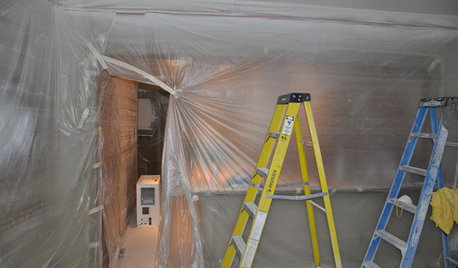
MOST POPULAR11 Things to Expect With Your Remodel
Prepare yourself. Knowing what lies ahead during renovations can save your nerves and smooth the process
Full Story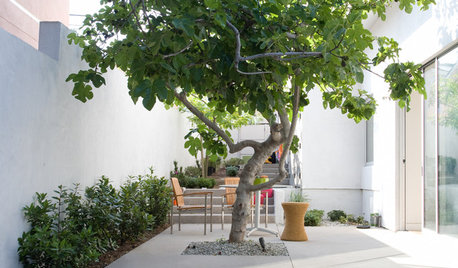
TREES10 Spectacular Trees for Courtyards and Tight Spaces
Here are some top small-scale trees for 4-season interest, easy care and little mess
Full Story
HOUZZ TVHouston Couple Rebuild After a Hurricane Wipes Out Their Home
These homeowners asked their designer to act fast after floodwaters destroyed their midcentury home
Full Story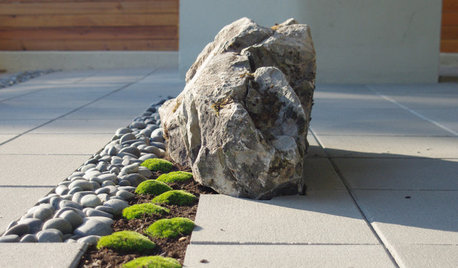
LANDSCAPE DESIGNDare to Mix Things Up in the Landscape
Courageously contrast plantings, materials and structures in your garden to create unexpected beauty and intrigue
Full Story
MOST POPULAR9 Real Ways You Can Help After a House Fire
Suggestions from someone who lost her home to fire — and experienced the staggering generosity of community
Full StorySponsored
More Discussions






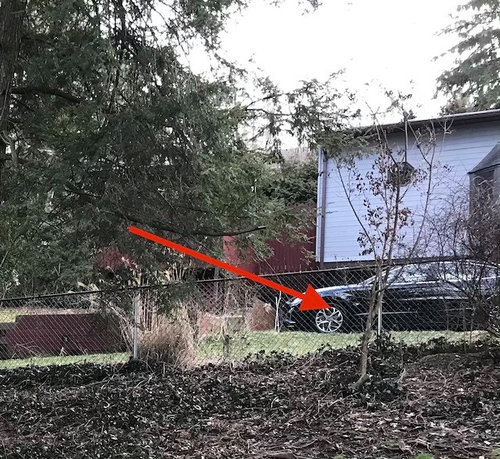
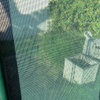
gardengal48 (PNW Z8/9)